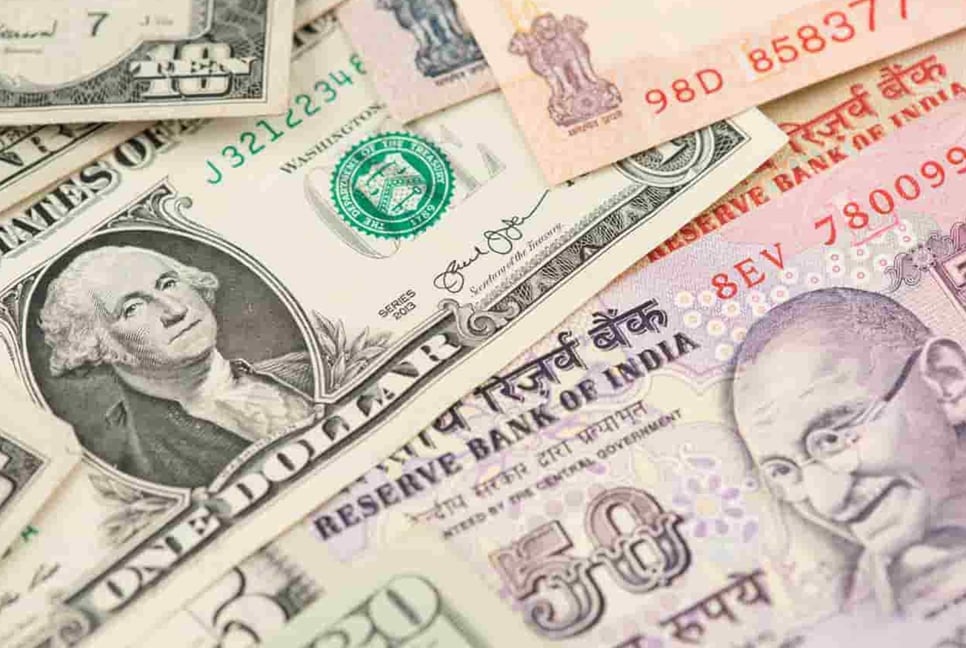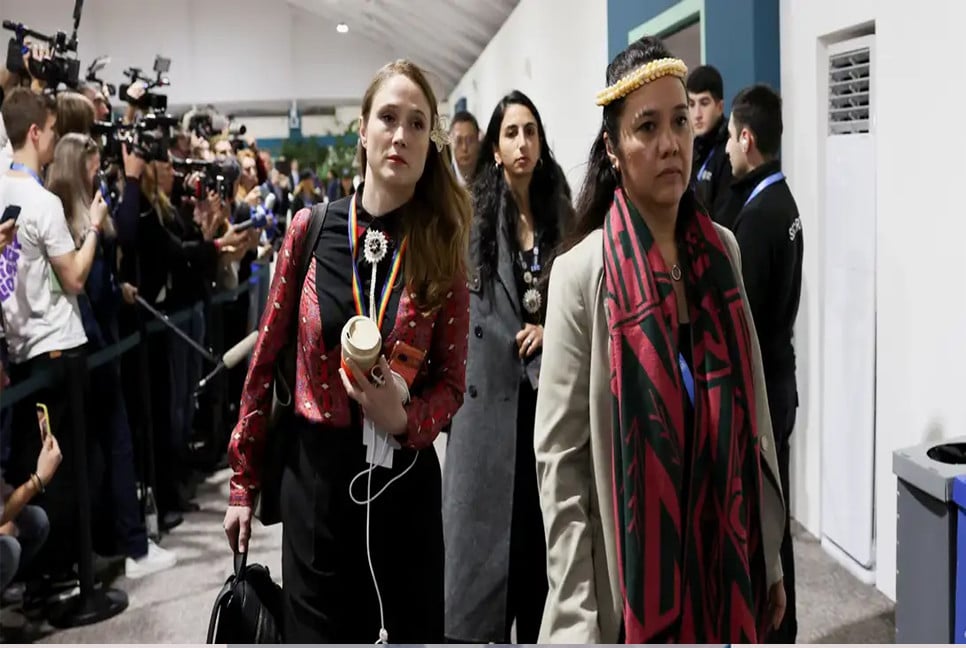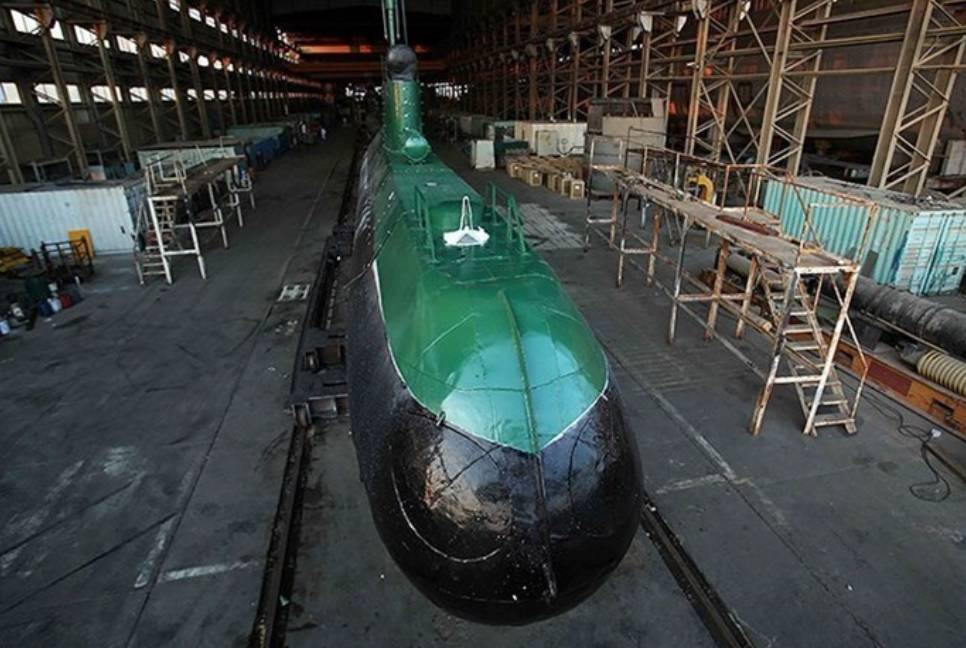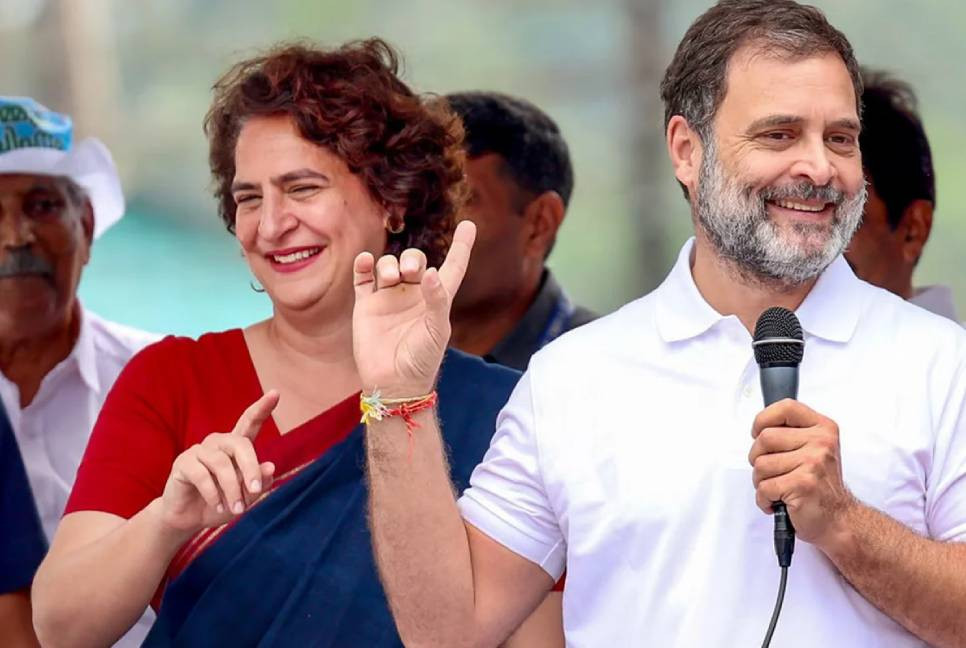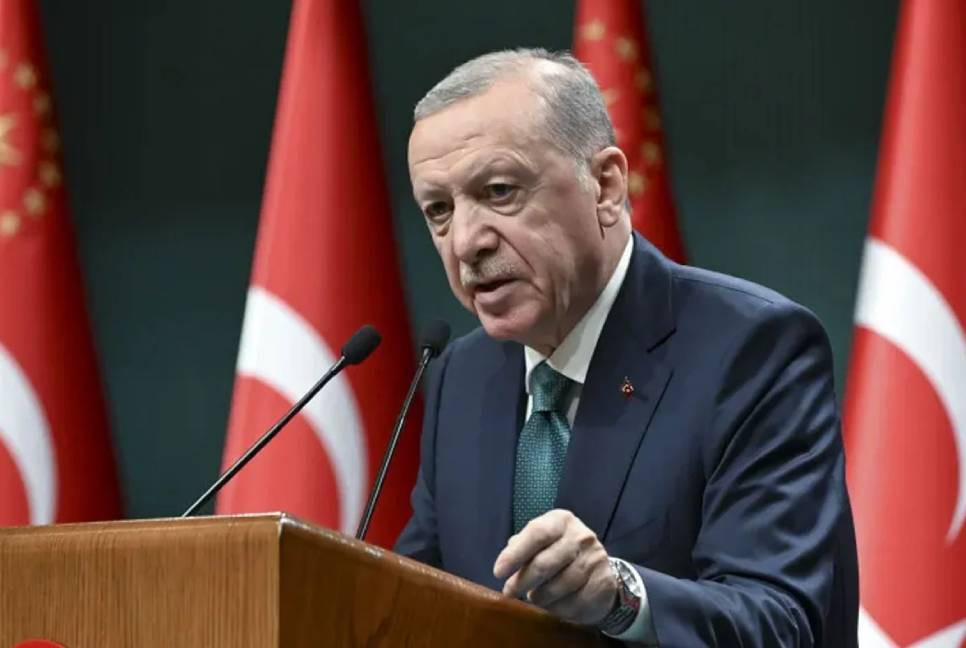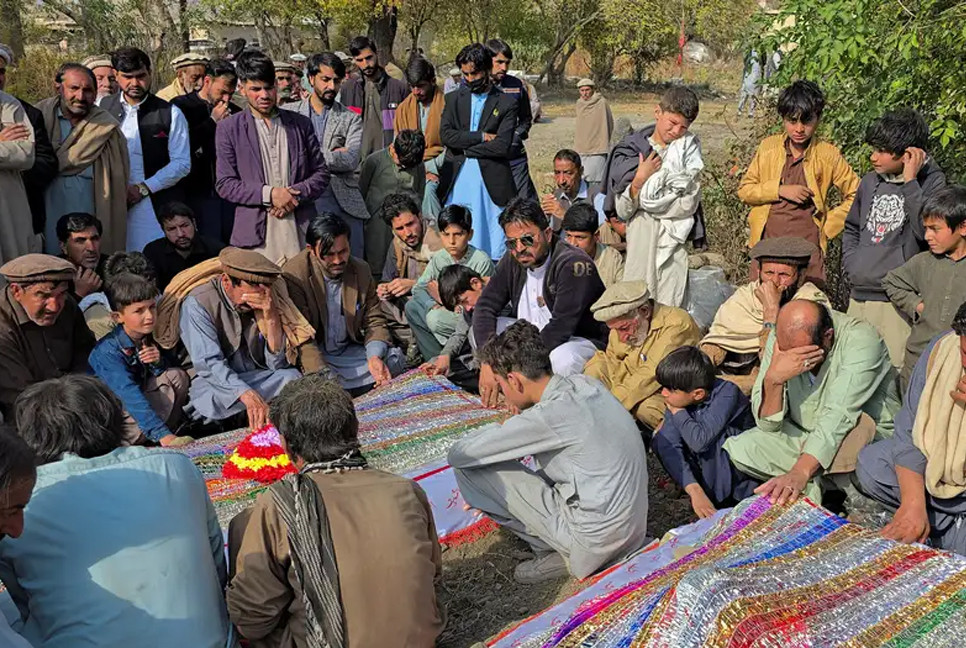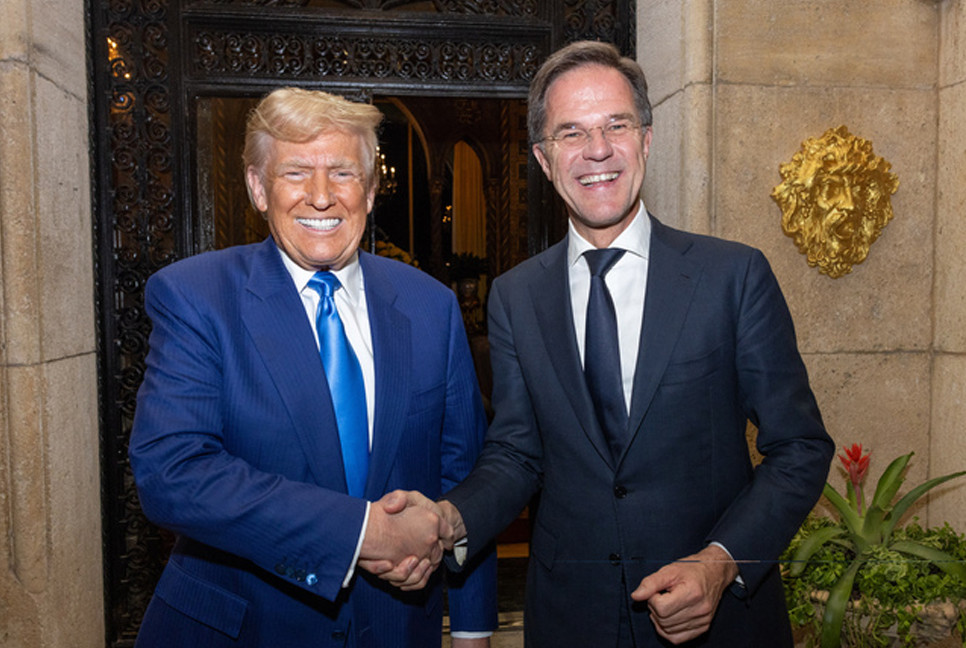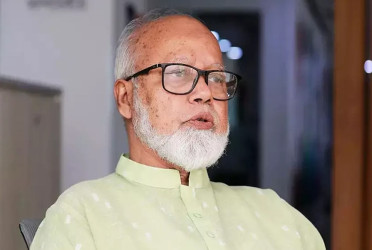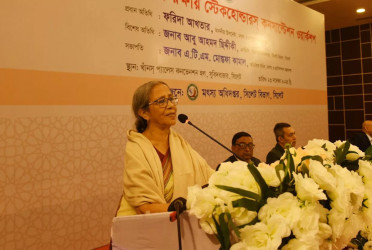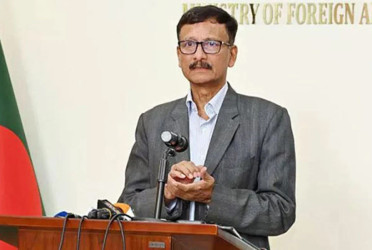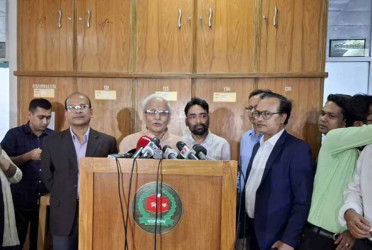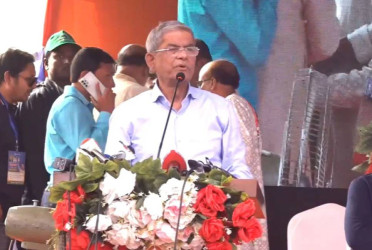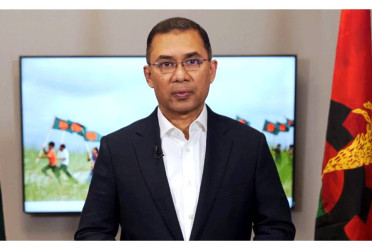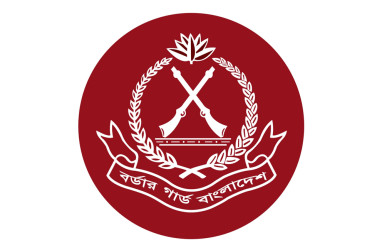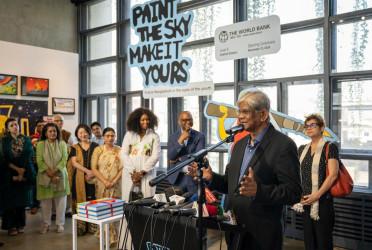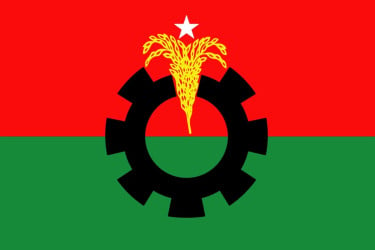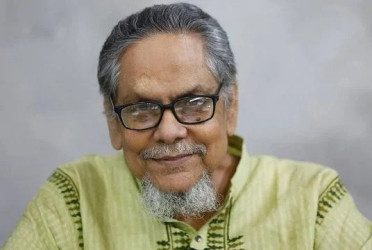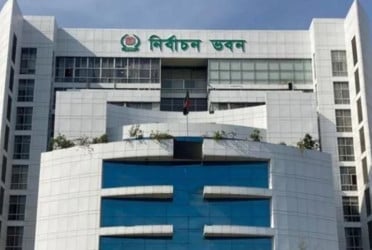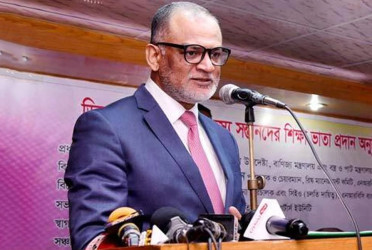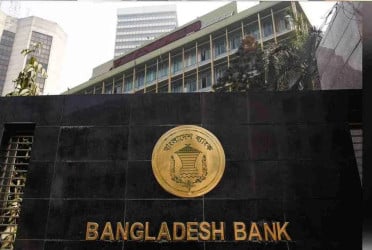India has become the fourth economy in the world to surpass $700 billion in foreign reserves, reports Khaleez Times.
India, the world’s fastest growing major economy, has reached the milestone following China, Japan, and Switzerland.
The third largest Asian economy’s foreign exchange reserves have crossed the $700 billion mark for the first time, increasing by $12.6 billion during the week ended September 27, according to data released by the Reserve Bank of India (RBI).
With this milestone, India becomes the fourth economy in the world to surpass $700 billion in foreign reserves, joining China, Japan, and Switzerland.
India’s reserves is strong compared to other emerging markets, says Bank of America, and predicted that the reserves could increase to $745 billion by March 2026, providing the RBI with more leverage to manage the rupee’s performance. “The central bank appears comfortable holding larger reserves to build buffers against external risks,” analysts Rahul Bajoria and Abhay Gupta were quoted in a Bloomberg report.
The buildup in reserves for the economy, on track to emerge as the world’s third largest in 3-4 years, is supported by a balance-of-payments surplus, aided by a narrower current-account deficit. RBI Governor Shaktikanta Das has emphasized the importance of maintaining a forex buffer to protect the economy during periods of market volatility.
Bajoria and Gupta also pointed out those recent fluctuations in the USD/INR rate have given the rupee some room for limited appreciation.
Prime Minister Narendra Modi said India is not only preparing to reach the top spot, but also to sustain it for a long time. “The Indian economy is going through a massive transformational change," he said, while addressing an economic conclave, which focuses on green transition financing, geo-economic fragmentations, and resilient policy principles.
Finance Minister Nirmala Sitharaman said the upcoming decades will see the steepest rise in living standards for the common man making it a period-defining era for an Indian to live in and this is being achieved with declining inequality. Citing data from the International Monetary Fund (IMF), she said India, whose GDP is on track to hit $4 trillion in 2024, will be able to increase its per capita income by $2,000 in the next five years.
“While it took us 75 years to reach a per capita income of $2,730, as per IMF projections, it will take only five years to add another $2,000. The upcoming decades will see the steepest rise in living standards for the common man, truly making it a period-defining era for an Indian to live in.
Economists point out that although India’s economic growth remains solid, risks from global uncertainties and inflationary pressures persist. While inflation is currently declining, food and fuel prices remain areas of concern for the RBI, which is closely monitoring these developments before making any significant changes to its monetary stance.
The Congress party on Sunday flagged three significant challenges facing the Indian economy: languishing private sector investment, stagnating manufacturing, and a decline in real wages and productivity.
John Lipsky, senior fellow at the Foreign Policy Institute of the Johns Hopkins University School of Advanced international Studies, said what India has achieved in recent years can be continued and sustained.
Albert Park, chief economist, Asian Development Bank, has said India needs to further liberalise its foreign direct investment (FDI) policy, open up trade and not fear competition to be able to achieve its goal of becoming a developed nation by 2047.
Bd-Pratidin English/ Afsar Munna

